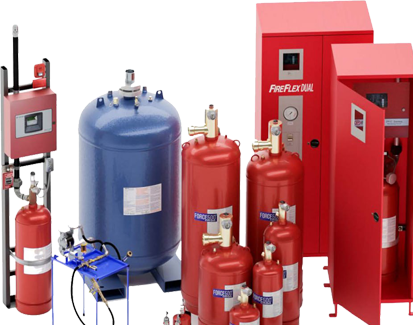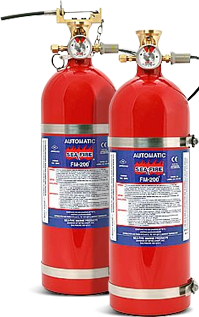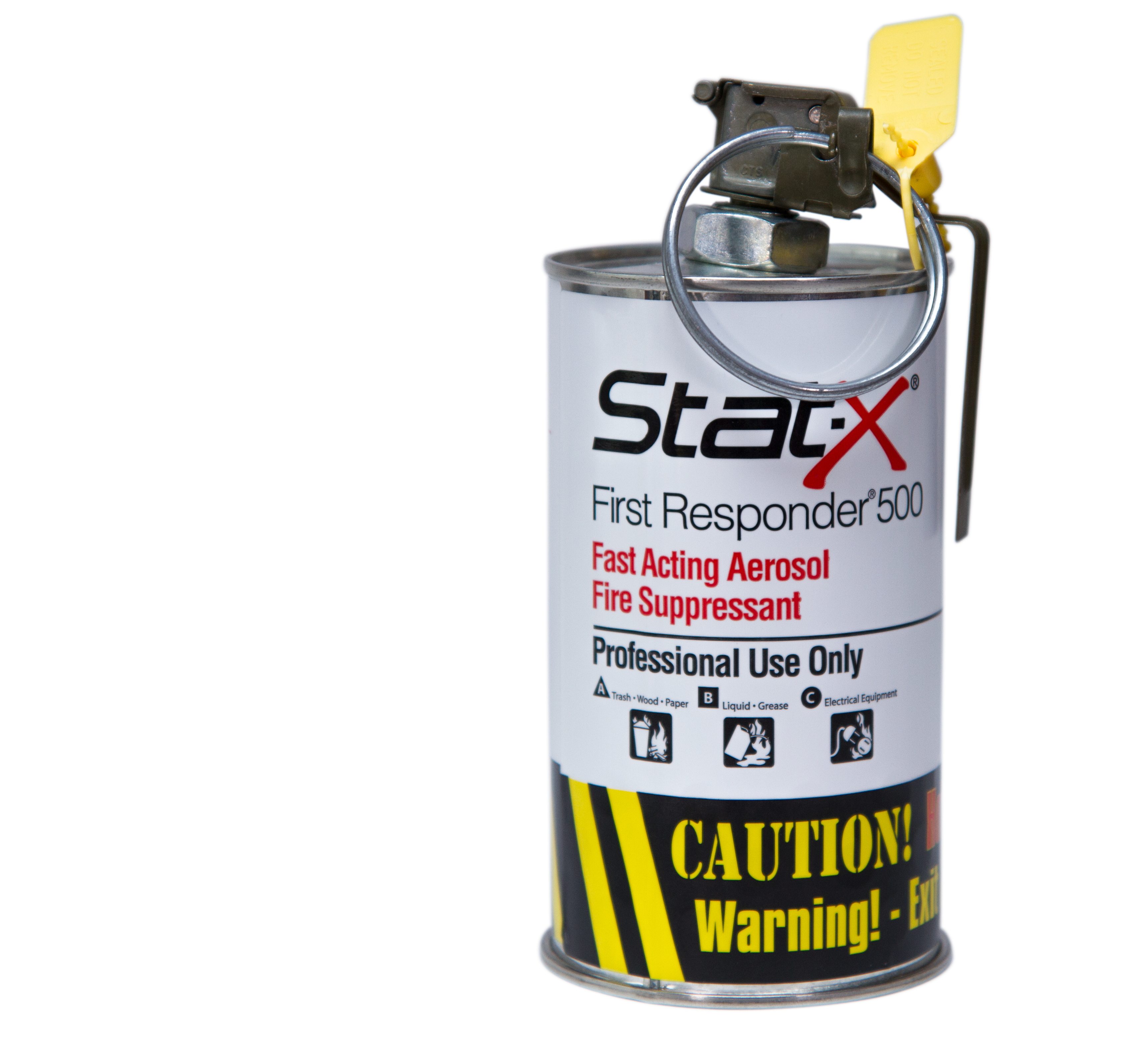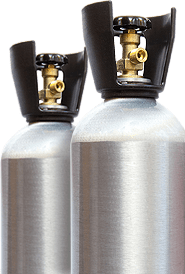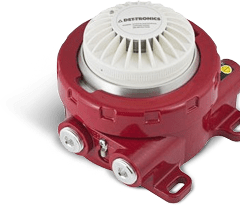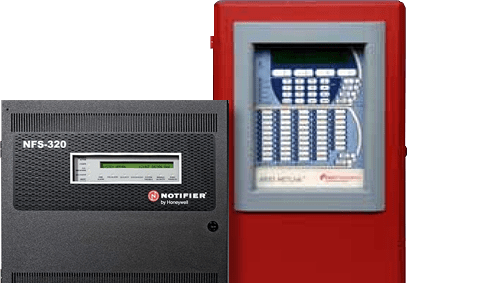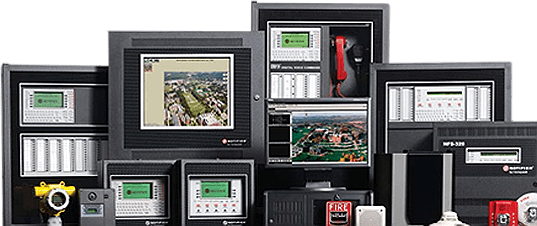What is the Best Type of Fire Detection Device?
Choosing the right fire detection device is essential for early fire detection and safety. Smoke, heat, and flame detectors all serve different purposes, and selecting the best one depends on the environment, fire risks, and response time needed.
Key Takeaways
- Smoke Detectors – Ideal for detecting slow-burning and smoldering fires, commonly used in homes and offices.
- Heat Detectors – Best for high-temperature environments like kitchens or industrial spaces.
- Flame Detectors – Detect open flames instantly, making them suitable for hazardous areas with flammable materials.
- Multi-Sensor Detectors – Combine smoke, heat, and CO sensors for enhanced accuracy and reduced false alarms.
- Environment Matters – Choosing the right detector depends on space, fire hazards, and industry regulations.
Knowing about what options are available to you when it comes to automatic fire suppression devices, as well the specific advantages of each, can help you make the best choice for the safety of your building or your business. There are several different components to a fire suppression system – the detectors, the control panel , the alarm, the suppression agent, and the delivery system. In this article, we take a closer look at what detection device options are available to you, and which one can provide the most insurance against fires breaking out at your business:
1. Smoke Detectors
Smoke detectors utilize the smoke in the air to quickly detect fires. There are three subtypes of smoke detectors:
Explore further
Photoelectric alarms: These alarms utilize a photoelectric sensor, which means it uses a light beam to detect smoke. When smoke particles cross through the beam, the sensor is set off.
Ionization alarms: These are alarms that use a small amount of radioactive material to keep an electric current running between two electrodes. When smoke enters the alarms, this interrupts the ionization, resulting in the alarm going off. (You should note that sometimes with ionization alarms false alarms can be triggered by things like humidity.)
Combination alarms: These kinds of alarms use both of the technologies discussed above in tandem, so both low- and high-energy fires can be detected.
2. Heat Detectors
As the name implies, heat detectors are activated when the heat of a fire causes the temperature around the detector to rise, triggering the alarm. They are often installed in areas with a very consistent ambient temperature, as frequent temperature variations could triggered false alarms.
Question: What is the best type of fire detection device?
Answer: The best fire detection device depends on the environment and fire risks. Smoke detectors are best for homes and offices, heat detectors suit high-temperature areas, and flame detectors work in hazardous locations. Multi-sensor detectors offer comprehensive fire detection.
3. Flame Detectors
Flame detecting sensors are designed to respond to the presence of a flame or fire, or the by-product of a fire. There are three types of flame detectors:
People also search
Optical Detectors
These detection devices use optical sensors to detect when flames are present.
UV Detectors
Flames give off UV radiation at the moment of ignition, which is what triggers UV flame detectors – this method allows them to detect flames within four milliseconds. Some UV detectors incorporate a three-second delay due to the potential for accidental triggers from things such as lightening.
IR (Infrared) Detectors
IR detectors use thermal imaging cameras to monitor the infrared spectrum and trigger an alarm when it recognizes the specific patterns that hot gases, like carbon dioxide, that are produced by a fire. The typical alert time for IR detectors is 3-5 seconds.
4. The Best Solution: Air Sampling Smoke Detectors
After looking at the previous three types of smoke detectors, there is one option that stands above the rest: Air Sampling Smoke Detectors. These detectors are considered Very Early Warning Fire Detection Systems, which means they can detect low energy fires before they can damage delicate equipment, like telecommunication devices and servers. These smoke detectors use a more flexible system, relying on constantly sampling and testing particle levels in the air of the protected space, setting warnings and alarms when the level of smoke particles rises above the amount usually present in the area. A great example of an air sampling smoke detector is the Kidde Fenwal Aspirated Smoke Detector , which is an AIR-Intelligence detector. Only particle levels that are well above expected levels will result in the alarm being triggered, meaning this detector system is more resistant to false alarms, as normal background particle fluctuations are accounted for and will not cause the trigger to go off.
Control Fire Systems Ltd. is a Canadian-based supplier of fire detection devices, helping to safeguard businesses since 1975. Control Fire Systems can help your business stay safe from fire hazards. Contact us today at 1-866-384-1280 or visit us online at ControlFiresSystem.com for a free consultation.





